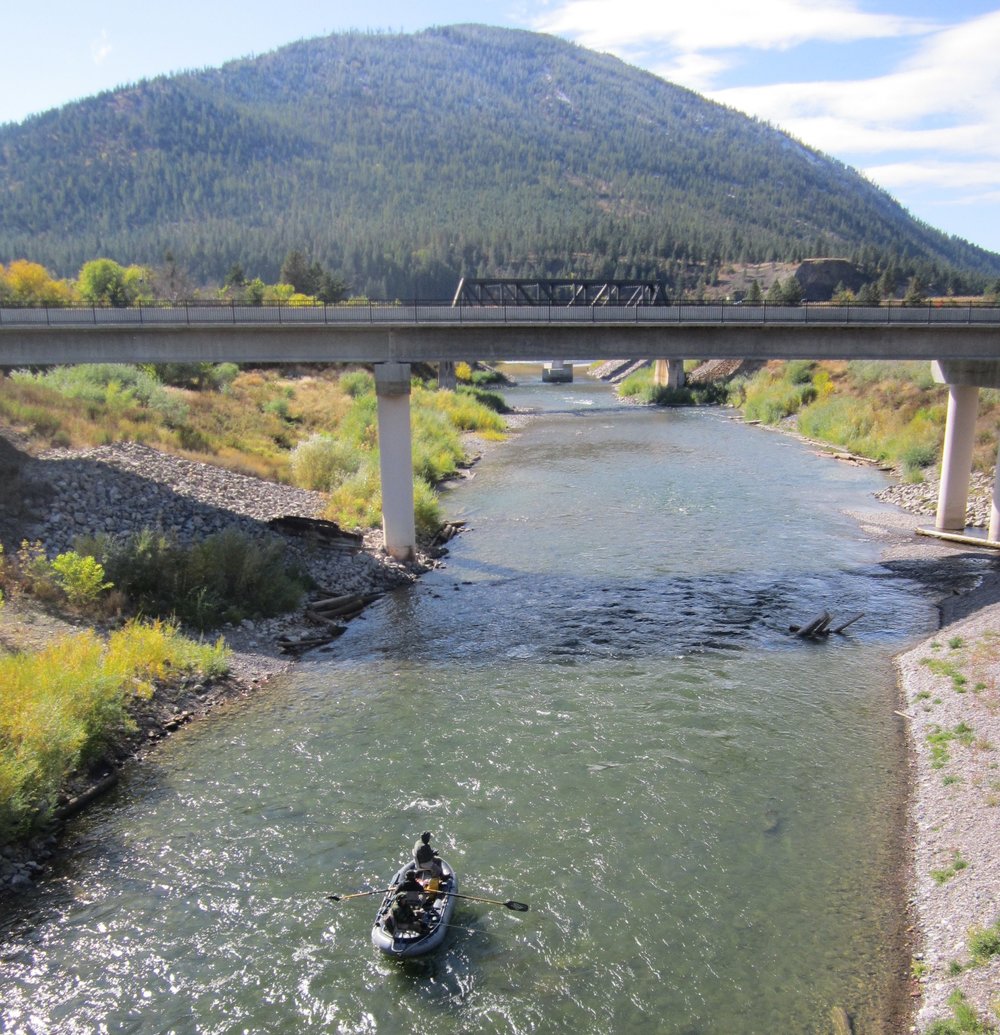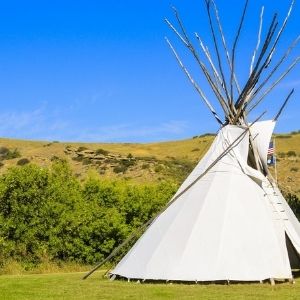
On February 14, 2018, the U.S. Department of Commerce’s Bureau of Economic Analysis released a report outlining the financial contribution outdoor recreation makes to our nation’s Gross Domestic Product. The federal government’s analysis found that outdoor recreation
contributed $373.3 billion, or 2%, to overall GDP in 2016, beating out the contributions of all
mining, including the extraction of gas and oil. For many conservation groups, and Montanans
alike, these findings confirm an existing view held by many that outdoor recreation is a big
business, and it’s here to stay.
The real significance of the report, aside from the financial contribution the industry makes to
the economy, is the seriousness in which the federal government is taking in its analysis of
the industry. According to the Missoulian, this report was the first one not conducted by a
private industry group, such as the Outdoor Industry Association, signaling that Washington
D.C. is beginning to take notice of the growth and potential of the industry. In 2016, the
outdoor recreation industry grew 3.8% in comparison to the overall growth in the economy of
2.8%. In Montana alone, the Outdoor Industry Association estimated that in 2017 the outdoor
recreation industry contributed $7.1 billion in consumer spending, created 71,000 jobs, and
contributes $286 million in state and local tax revenue.
Although these numbers are significant, the idea of placing a dollar amount on a recreational
experience is something Montanans have been hesitant to adopt. Who can blame them?
Generally, studies concerning an area’s financial potential are centered around ideas of energy
or commercial real estate development, not conservation. Imagine arriving at the end of your
float on the Blackfoot River and someone asked you, “How much do you think that experience
was worth?” “Do you think that was a $93.26 Rainbow Trout you caught on Belmont Creek?”
“Would you be interested in subscribing to the Bitterroot River for $49.99 a month?” Sounds
ridiculous, right? These experiences, and their essence, cannot be reduced down to a financial
transaction, and that’s why we protect and defend them even when they aren’t the most
financially viable or profitable of situations.
As a lifelong Montana resident, I’ve had the privilege of enjoying and benefitting from the
exceptional recreational opportunities that are available to my community. Like most
Montanans, my opportunities to recreate are directly tied to the protection, management, and
maintenance of these precious public lands and waterways. If this type of fiscal validation is
what’s needed to get people to understand that our most important export as a state is our
natural world and not our natural resources, fine by me.
By Carter Bermingham, Events, Promotions, and Communications Intern Montana State Parks Foundation













